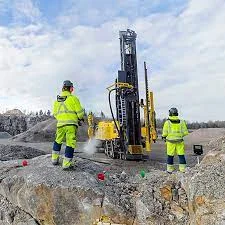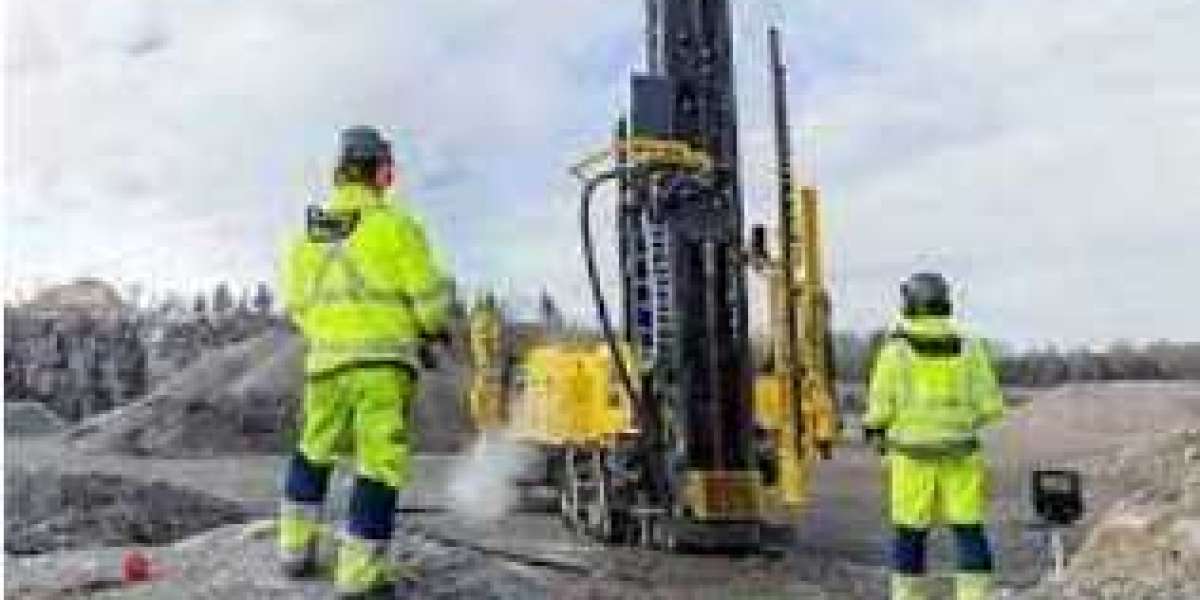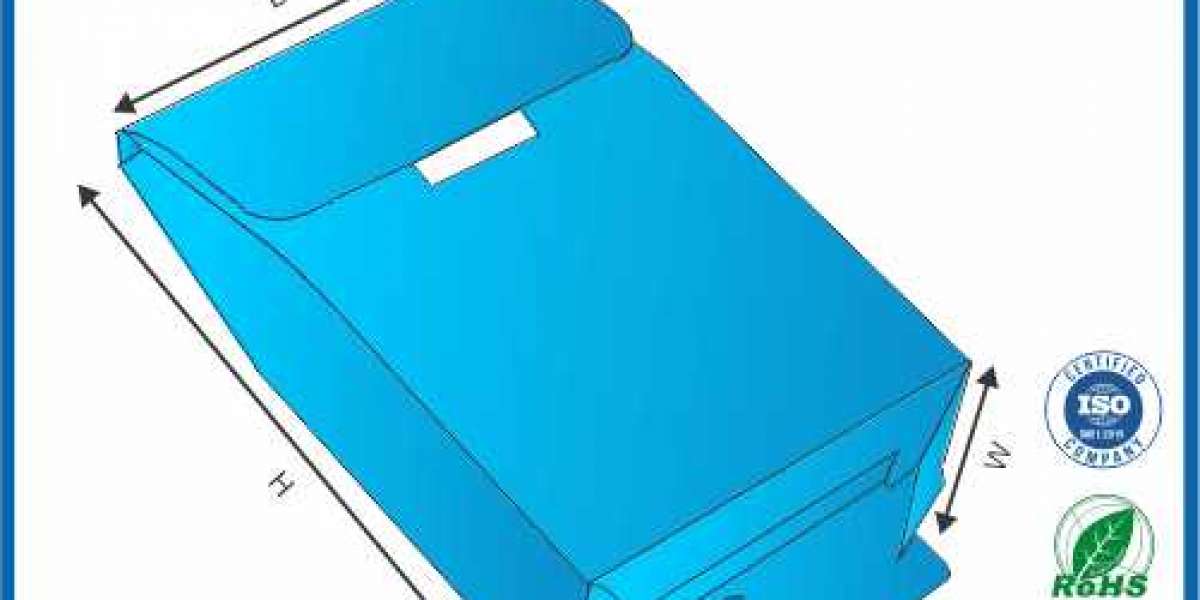Drilling is a crucial process in the mining industry, as it provides access to valuable resources buried underneath the earth's surface. Reverse circulation drilling has emerged as a preferred method for exploration and resource extraction in the mining industry. This innovative technique offers numerous benefits, making it an indispensable tool for efficient and cost-effective mining operations. In this article, we will explore the role of reverse circulation drilling in the mining industry, highlighting its advantages and discussing its impact on mining productivity.
I. What is Reverse Circulation Drilling?
1.1 Definition and Operation
Reverse circulation drilling, also known as RC drilling, is a drilling method that involves the use of dual-wall drill rods and a down-the-hole hammer. Unlike conventional drilling techniques, RC drilling uses compressed air to create a reverse flow of fluid, pushing the cuttings up the outer annulus of the drill string, while the sample is collected at the bottom of the hole. This allows for faster and more efficient drilling and sampling.
1.2 Applications of RC Drilling in Mining
RC drilling is widely used in the mining industry for various purposes, including exploration, grade control, and resource estimation. It is particularly suitable for drilling in challenging terrains, such as hard rock, deep holes, and areas with unstable ground conditions.

II. Advantages of Reverse Circulation Drilling
2.1 Cost-Effectiveness
RC drilling offers significant cost advantages over traditional drilling methods. The faster drilling rates and efficient sampling process translate into reduced drilling time and lower overall operational costs. Additionally, the ability to collect large, representative samples in a single pass minimizes the need for additional drilling, further optimizing expenses.
2.2 Increased Productivity
The efficiency of RC drilling leads to increased productivity in mining operations. The rapid drilling rates, combined with the ability to collect high-quality samples, allow for faster decision-making and resource estimation. This improved productivity translates into faster project timelines, quicker resource delineation, and ultimately, enhanced profitability.
2.3 Sampling Accuracy
One of the primary advantages of RC drilling is its ability to provide accurate and representative samples. The reverse circulation method ensures minimal contamination and disturbance to the sample, allowing for reliable analysis of mineral composition, grade estimation, and identification of valuable deposits. Accurate sampling is essential for precise resource modeling and efficient mine planning.
III. Improved Safety and Environmental Impact
3.1 Reduced Environmental Footprint
Compared to conventional drilling methods that generate significant amounts of waste mud and cuttings, RC drilling has a reduced environmental impact. The reverse circulation process minimizes the generation of waste material, thus decreasing the need for disposal and reducing the potential for environmental contamination.
3.2 Enhanced Safety
Safety is a top priority in the mining industry, and RC drilling provides several safety benefits. The reverse circulation technique eliminates the risk of drill rods becoming stuck, reducing the chances of accidents and associated downtime. Additionally, the use of compressed air instead of drilling mud reduces the risk of fluid-related incidents and improves worker safety.

IV. Technological Advancements in RC Drilling
4.1 Automated Sampling Systems
Advancements in technology have led to the development of automated sampling systems for RC drilling. These systems streamline the sample collection process, improve accuracy, and reduce human error. Automated systems also enable real-time data transfer and analysis, facilitating prompt decision-making and improving operational efficiency.
4.2 Drill Rig Innovations
The mining industry has witnessed the introduction of more advanced and efficient RC drill rigs. These rigs are equipped with improved hydraulic systems, optimized drilling parameters, and sophisticated control mechanisms. These innovations enhance drilling performance, reliability, and overall productivity. In addition, the use of reverse circulation drilling construction has significantly reduced the time and cost of mineral exploration and extraction. With the ability to drill deeper and faster, RC drilling has become the preferred method for many mining companies. As technology continues to evolve, we can expect to see even more advanced RC drill rigs that will further improve the efficiency and safety of mining operations.
Wuxi Jinfan Drilling Equipment Co., Ltd is a leading manufacturer and supplier of reverse circulation drilling. With a professional and dedicated team, the company is committed to delivering top-notch products that meet industry standards. Their reverse circulation drilling lineup includes Anchoring Drilling Rigs, Water Well Drilling Rigs, Sea Geological Exploration Core Drilling Rigs, Surface Hydraulic Core Drilling Rigs, and Underground Core Drilling Rigs.
If you are in need of a reliable drilling solution that prioritizes efficiency and accuracy, consider investing in a conventional reverse circulation drilling tool from Wuxi Jinfan Drilling Equipment Co., Ltd.
Email:saler@wuxishuangfan.com








